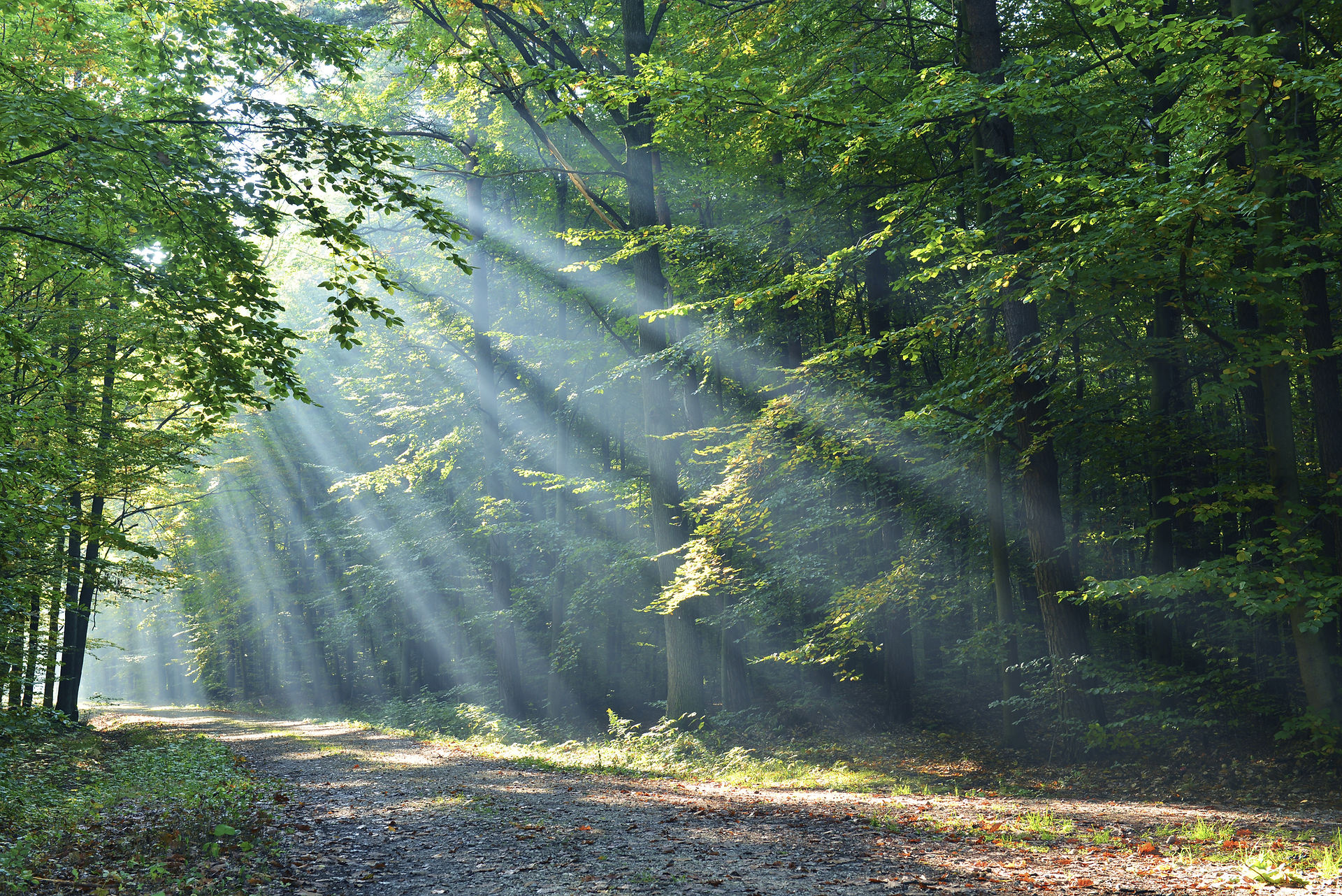- Granny Bonnet
Updated: Nov 28, 2023

Who now has ever heard, let alone seen, a dulcimer being played recently in East Anglia? Few I imagine, yet at the beginning of the 20th century, this region probably had more dulcimer players than any other part of England.
What is a dulcimer? It is a strung musical instrument made of wood that originated in the Middle East and spread to Europe in the 11th century. Essentially, a trapezoid shape, strung across the top with steel wires that are struck with cane beaters wound with wool. Each instrument can vary in size and layout making them truly individual, and the sound created is like no other, with rather haunting, atmospheric tones. It is centuries old and there are versions of this type of psaltery or harp, all around the world, a harpsicord being essentially a larger version of the instrument, and the piano a later version still. A close cousin of the ducimer is the zither, having strings that are generally plucked rather than struck.
At their peak of popularity in East Anglia, roughly the hundred years between 1850 to1930, dulcimers were made both by skilled instrument-makers and carpenters. Some were highly decorated with inlaid patterns while others were more simply adorned with black paint and gold decoration. East Anglian dulcimers are distinctive, generally having moveable bridges known as chessmen which enabled fine-tuning on the chromatic scale. There could be up to five strings per note, tuned in unison, leading to a distinctive sound quite different to other UK traditions. The unusual lay-out is thought to have been influenced by the instruments of Italian immigrants of the 18th century and is reckoned by some to be one of the most versatile dulcimer tunings in the world.
However, pianos rather eclipsed the acquisition and playing of dulcimers, many homes between wars seemed to acquire an upright one, but pockets of dulcimer-players carried on the traditions, mainly travelling to rural pubs and gatherings. The folk scene revival of the 1970’s helped cement the instrument’s popularity and its distinctive sounds have been, and still are, used to great effect by rock bands, folk singers and and screen composers.
My interest in dulcimers began after I learned of a returned, badly-injured WWI soldier, who despite serious sight and ear impairment could still 'hear' the vibrations of his dulcimer, enabling him to carry on playing local venues, so I began some research, during which I came across an article that mentioned a mystery instrument bought at an auction in Diss. As it was stripped back during the initial stages of restoration the name J. Caston, Forncett, Norfolk was found both inside the instrument and on its stand. Extraordinarily, this instrument was actually made in my own village. The history of this particular dulcimer, bought in pieces, at auction many years ago, is now gradually unfolding.
Meanwhile, listen out for the distinctive tones on sound-tracks as varied as Gladiator, Lord of the Rings, Best Marigold Hotel, Whale Rider, How to Train your Dragon, The Grand Budapest Hotel - particularly atmospheric and haunting - and The Road to Perdition.

Note: East Anglian (and English Dulcimers in general) are not to be confused with Apalachian or Mountain dulcimers played extensively in the United States. Apalachian shapes and styles vary considerably, and have continuous bridges. Quite different in shape and construction, these instruments are often plucked rather than played with beaters.

For those interested, the instrument-maker Richard Blake monikarichard@yahoo.co.uk says 'the fine-tuning of the East Anglian dulcimer allows chordal and harmonic accompaniment in the home key of G and its close relatives. It also facilitates playing in the keys of c, d, f, a and bflat with very little trouble, not to mention the relative minor keys and modes. With 21 bridges it has a range of three octaves. There are not many other small tabletop dulcimers in the world that can boast all this.'







